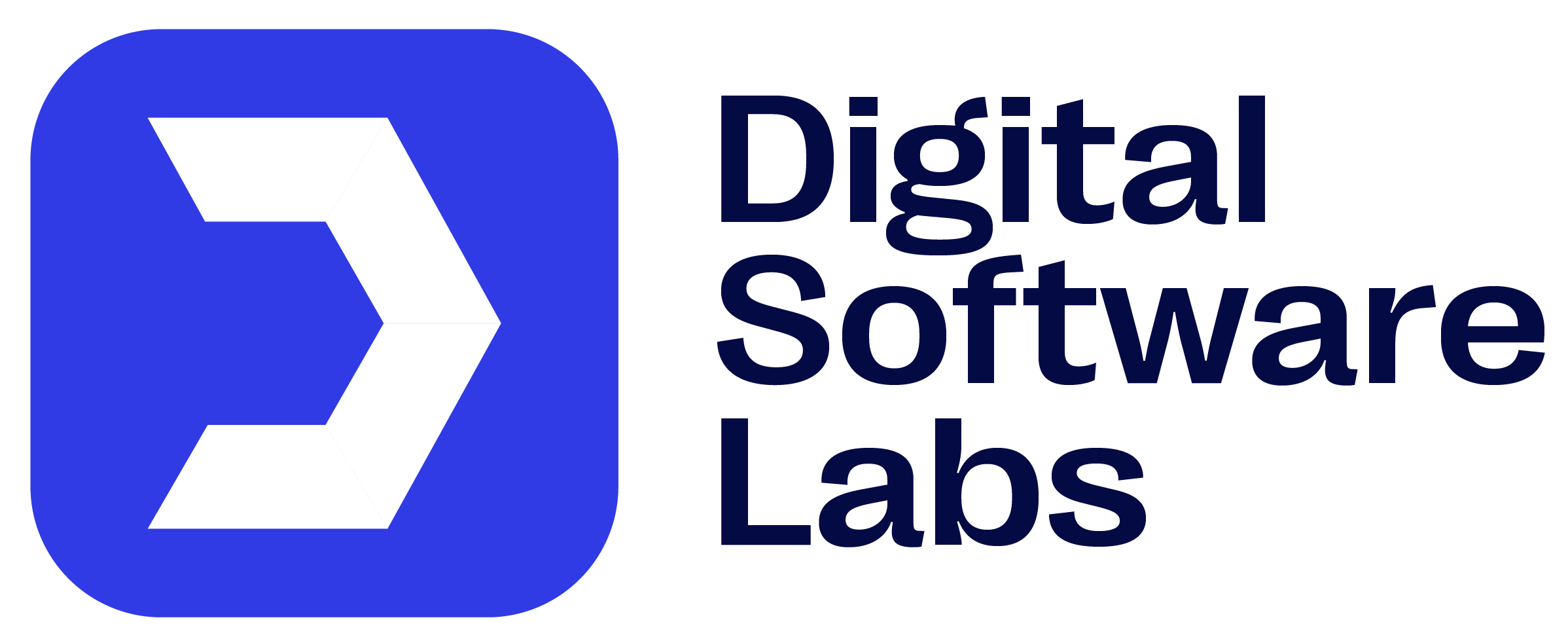The internet has evolved several times since its inception, with the most recent creation, Web 3.0, offering a more decentralized, secure, and knowledgeable online experience. While Web 1.0 prioritized static content and Web 2.0 includes interaction and social media, Web 3.0 aims to give users more control over their data by utilizing blockchain, artificial intelligence, and decentralized networks.
As the discussion over Web2 vs. Web3 prepares, it is critical to understand how the Internet is changing and what Web 3.0 means for users and companies.
Versions of the Web
The internet has undergone significant changes over the decades, evolving through different phases. Each version introduced new capabilities and transformed how people interact with digital content.
Web 1.0
Web 1.0, sometimes known as the “Static Web,” was the initial internet generation. It started in the 1990s and comprised primarily static websites with little interactivity. Users could only read the text; no comment sections, social networking sites, or dynamic online apps existed. Websites were read-only, and communication was primarily one-way, with businesses providing information to customers without demanding direct involvement.
Web 2.0
Web 2.0, often called the “Social Web,” promoted user-generated content, engagement, and collaboration. This phase of the internet, which began in the early 2000s, saw the rise of social networking platforms, blogs, and cloud-based applications. Platforms like Facebook, YouTube, and Twitter enabled users to create and share content, resulting in a more participatory online experience. However, the Web2 vs. Web3 discussions raise worries about data privacy, as huge corporations gained control of user information, monetizing personal data for targeted advertising and business analytics.
Web 3.0
Web 3.0, or the “Decentralized Web,” represents the next phase of Internet evolution. Unlike Web 2.0, where centralized platforms control user data, Web 3.0 leverages blockchain technology to provide a more open and secure Internet experience. It aims to decentralize control by giving users ownership of their digital identity and data. In addition to blockchain, Web 3.0 integrates artificial intelligence (AI), machine learning, and semantic web technology to create a more intelligent and personalized internet.
What Technologies Support Web 3.0?
Several advanced technologies power Web 3.0, making it more secure, decentralized, and user-friendly. These technologies include:
Blockchain Technology –
A decentralized ledger that ensures secure transactions, data transparency, and trustless interactions between users.
Decentralized Finance (DeFi) –
Financial applications built on blockchain that eliminate the need for traditional intermediaries like banks.
Artificial Intelligence (AI) and Machine Learning –
AI-driven algorithms that improve search accuracy, automate processes and offer personalized content recommendations.
Semantic Web –
A system that enhances data interoperability by making web content machine-readable, improving search efficiency.
Smart Contracts –
Self-executing contracts that run on a blockchain, automating agreements without intermediaries.
Edge Computing and Decentralized Storage –
Distributed computing models that reduce reliance on centralized data centers, improving speed and security.
How is Web 3.0 Different from Web 2.0?
The discussion over Web2 vs Web3 centers around data control, security, and decentralization. Here’s how Web 3.0 differs from Web 2.0:
Decentralization:
Unlike Web 2.0, which relies on centralized servers and platforms, Web 3.0 runs on a decentralized network, giving consumers more control over their data.
Data Ownership:
In Web 2.0, IT giants gain and commercialize user data, whereas Web 3.0 ensures that people own and control their information using blockchain technology.
Security and Privacy:
Web 3.0 improves privacy by implementing encryption and decentralized authentication, lowering the danger of data leaks.
Trustless Transactions:
Web 3.0’s blockchain-based smart contracts enable transactions and agreements without intermediaries, lowering fraud and operational expenses.
Artificial Intelligence:
Unlike Web 2.0, which relies primarily on human inputs, Web 3.0 uses AI and machine learning to improve personalization and automate decision-making.
Conclusion
As the internet evolves, Web 3.0 offers a hopeful future where decentralization, artificial intelligence, and blockchain provide a more secure and user-centered experience. Unlike Web 2.0, which is controlled by centralized systems, Web 3.0 gives consumers more control over their data, ensuring privacy and security. As businesses and developers adjust to these changes, the move from Web2 to Web3 will reshape how users interact with digital material, transact, and participate in online communities. Companies like Digital Software Labs are at the forefront of this transformation, offering custom software development and AI solutions to help businesses navigate the complexities of digital transformation in the Web 3.0 era.




